Canada is facing difficulties in its efforts to secure full tariff relief from the United States, despite recent concessions aimed at easing tensions and advancing trade talks. Officials in Ottawa acknowledged this week that a comprehensive resolution is unlikely in the near term, even after Prime Minister Mark Carney’s decision to roll back key retaliatory measures against U.S. imports.
A delegation led by Dominic LeBlanc, Canada’s top trade official with the United States, traveled to Washington for meetings with U.S. Commerce Secretary Howard Lutnick and other senior officials. The visit came shortly after Canada lifted retaliatory tariffs on billions of dollars’ worth of American goods, a move designed to build goodwill and pave the way for progress on a broader trade arrangement.
While negotiators described the talks as constructive and noted “progress in several areas,” no breakthrough deal was reached. Ottawa signaled it no longer expects the United States to remove all tariffs that currently impact Canadian exporters. Instead, both sides are continuing discussions centered around five strategic industries: steel, aluminium, autos, copper, and softwood lumber — all of which play vital roles in Canada’s export economy.
Carney also spoke directly with President Donald Trump in a phone call last week, underscoring the importance of the countries’ $941bn annual trading relationship. Canada remains the U.S.’s second-largest trading partner and is heavily dependent on access to the American market, with the vast majority of its exports heading south of the border.
Following the call, Carney announced that Canada would lift most of its retaliatory tariffs on U.S. products beginning September 1. However, duties on steel and aluminium imports from the U.S. remain in place. “More than 85 per cent of Canada-U.S. trade is now tariff free,” Carney stated, emphasizing that progress had been made, even if significant challenges persist.
Still, the lack of a wider agreement has drawn criticism. Some opposition figures argue that Carney’s approach has softened compared to his campaign pledges to adopt a tougher stance toward Washington. His Liberal party was elected earlier this year after promising to defend Canadian industries with an “elbows up” posture in negotiations, referencing the aggressive play often seen in ice hockey. Critics now say that the strategy has shifted toward accommodation rather than confrontation.
Industry reactions have also been mixed. Catherine Cobden, president of the Canadian Steel Producers Association, expressed disappointment that retaliatory tariffs were withdrawn while U.S. duties remain in effect. Canadian steel exports, valued at around C$28bn annually, continue to face steep challenges under the current tariff regime.
At the same time, some voices within the business community argue that Carney is taking a pragmatic approach necessary to protect Canada’s economy. Brian Rathbun, a University of Toronto professor, described the concessions as “something of an inevitability,” noting that countries that have secured deals with Washington did so by making compromises. Brian Kingston, president of the Canadian Vehicle Manufacturers’ Association, supported the strategy, saying: “You sometimes need to adjust your game plan partway through the period. All that matters is the final score. We urgently need to secure tariff relief for the auto industry.”
Other trading partners, including the European Union, Japan, South Korea, and the United Kingdom, have already reached agreements with the U.S., while Mexico has been granted additional time to finalize its own deal. This has left Canada among the few major U.S. trading partners still without a comprehensive arrangement, heightening pressure on Ottawa to deliver results.
In recent months, the Canadian government has made additional concessions aimed at strengthening its negotiating position. Alongside the removal of retaliatory tariffs, Ottawa also abandoned its planned digital services tax, a move welcomed by U.S. technology companies. Despite these steps, U.S. tariffs on Canadian exports such as steel, aluminium, and autos remain firmly in place, posing ongoing challenges for Canadian manufacturers and exporters.
For now, Canada’s trade relationship with its largest partner continues to be defined by partial tariff relief and ongoing negotiations. Whether the government’s strategy of gradual concessions will lead to a more favorable long-term deal remains uncertain, but officials maintain that talks are continuing and that further progress is possible in the months ahead.
#SupplyChainNews #GlobalTrade #TradeNegotiations #TariffsAndDuties #NewsUpdate

















